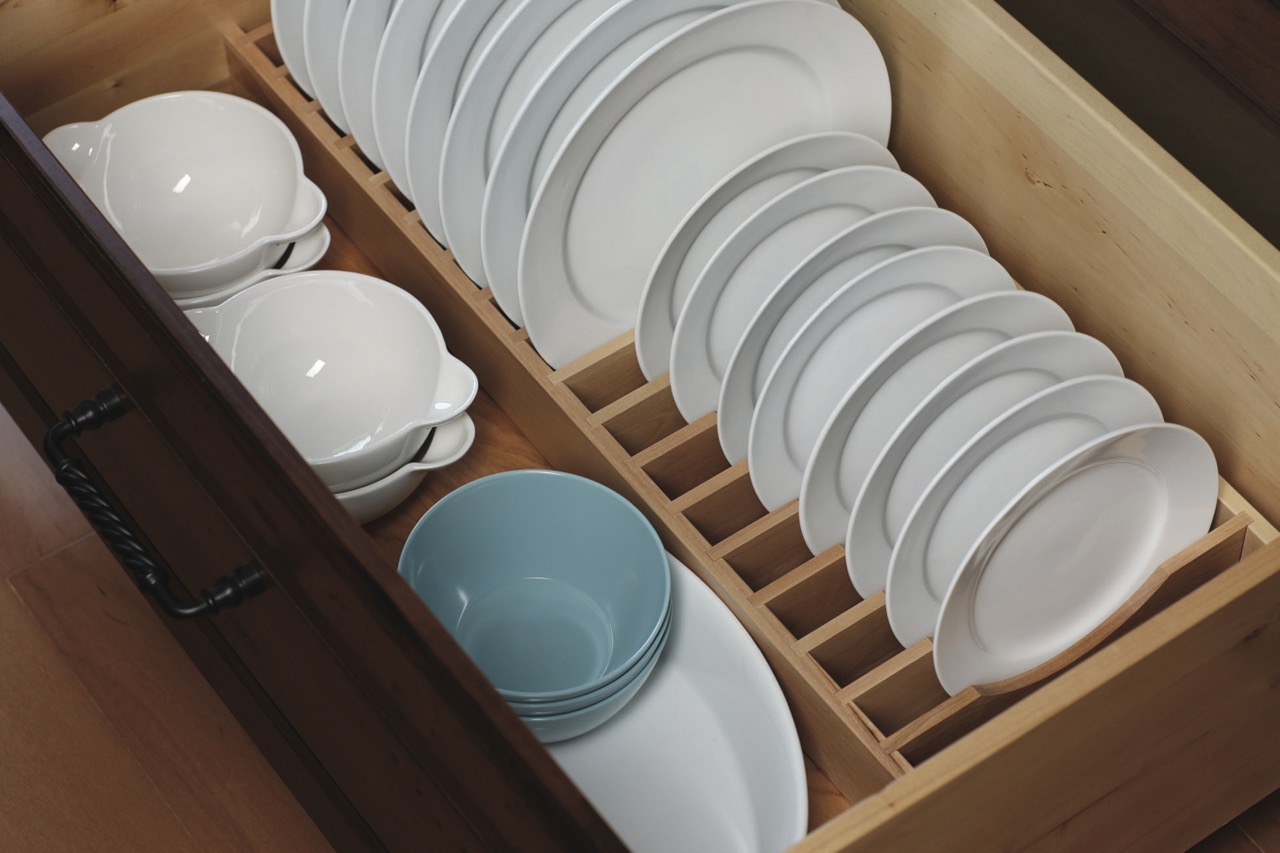

Articles
How To Store Plates
Modified: August 17, 2024
Learn the best practices for storing articles to protect your plates. Discover tips and techniques to prevent damage and maintain their pristine condition.
(Many of the links in this article redirect to a specific reviewed product. Your purchase of these products through affiliate links helps to generate commission for Storables.com, at no extra cost. Learn more)
Introduction
When it comes to storing plates, it is essential to handle them with care to prevent any damage or breakage. Whether you are planning to store them temporarily during a move or looking for a long-term storage solution, taking the right steps can ensure that your plates remain in pristine condition.
In this article, we will guide you through the process of storing plates, from finding the right storage space to choosing the appropriate plate storage containers. We will also provide tips on preparing plates for storage, stacking them correctly, and exploring alternative plate storage options. Let’s dive in and discover the best practices for storing your precious plates.
Key Takeaways:
- Properly storing plates involves finding a suitable space, choosing the right containers, and preparing and stacking plates with care to prevent damage or breakage.
- Investing in proper storage techniques, such as using appropriate padding and dividers, ensures that your precious plates remain safe, organized, and in excellent condition for years to come.
Read more: How To Store Weight Plates
Finding the Right Storage Space
Before you start packing and storing your plates, it is important to find an appropriate storage space. Here are some factors to consider:
- Climate control: Look for a storage area with climate control to protect your plates from extreme temperature fluctuations. This will help prevent the plates from warping or cracking.
- Clean and dry environment: Ensure that the storage space is clean and dry. Moisture can lead to mold, mildew, or rust on your plates, so it is crucial to choose a location that minimizes humidity.
- Secure and stable: Select a stable and secure storage area to prevent any accidents or damage to your plates. Make sure the space is free from potential hazards such as leaks, pests, or excessive dust.
- Adequate space: Consider the size of your plate collection and choose a storage space that can accommodate them comfortably. Avoid overcrowding to prevent plates from touching each other, which can cause chipping or scratching.
If you don’t have access to a climate-controlled storage unit, you can use other areas of your home such as a cupboard, cabinet, or closet as long as they meet the above criteria. Just make sure these spaces stay relatively cool, dry, and free from any potential damage.
Choosing the Right Plate Storage Containers
Once you have found the ideal storage space, the next step is to select appropriate storage containers for your plates. Here are a few options to consider:
- Plate storage dividers: Look for plate storage dividers specifically designed to keep your plates organized and protected. These dividers create individual compartments for each plate, preventing them from shifting and potentially getting damaged. Make sure the dividers are made of a soft and non-abrasive material such as felt or foam to avoid scratching the plates.
- Dish storage boxes: Dish storage boxes are specially designed containers with reinforced exteriors and dividers to hold your plates securely. These boxes often come with cushioning material or foam inserts to provide additional protection against bumps and shocks. Make sure to choose boxes that are sturdy and durable.
- Stackable plate organizers: Stackable plate organizers are convenient options for plate storage. They usually feature interlocking grooves and indentations that allow you to stack plates neatly and securely. Look for organizers that have non-slip grips on the bottom to prevent sliding and protect the plates from any potential damage.
- Individual plate sleeves: If you prefer a more flexible storage option, individual plate sleeves can be a good choice. These sleeves are made of soft fabric or padded material, and each sleeve can accommodate one plate. They are great for delicate or antique plates as they provide cushioning and protection against scratches.
When choosing your storage containers, ensure they are the right size for your plates. They should fit the plates snugly without any excessive movement. It’s also a good idea to label your containers to easily identify and locate specific plates when needed.
Remember, investing in proper storage containers for your plates is essential to protect them and ensure their longevity. While it might require a small investment, it is well worth it to preserve your valuable and sentimental plates for years to come.
Preparing Plates for Storage
Before you start packing your plates, it is important to properly prepare them to ensure they remain safe and in good condition during storage. Here are some steps to follow:
- Clean the plates: Thoroughly clean each plate to remove any food residue, grease, or stains. Use a gentle dishwashing soap and warm water to clean them, and avoid using abrasive scrubbers that can scratch the surface. Dry the plates completely before moving on to the next step.
- Wrap individual plates: Protect each plate individually by wrapping it with acid-free tissue paper or packing paper. Place the plate in the center of the paper and fold the paper over to cover the entire surface. This provides a cushioning layer and prevents plates from rubbing against each other.
- Pad the storage containers: Line the bottom of your chosen storage containers with a soft padding material like bubble wrap or foam sheets. This additional layer of cushioning helps absorb any shocks or vibrations during transportation or storage.
- Arrange the plates vertically: When placing the wrapped plates in the storage container, it is best to arrange them vertically rather than stacking them horizontally. This reduces the risk of plates collapsing on top of each other and minimizes the pressure and weight distribution.
- Use dividers or padding: If using plate storage dividers or sleeves, make sure to insert them between the individual plates. These dividers provide an extra layer of protection and prevent plates from knocking into each other, reducing the risk of chipping or breakage.
Take extra care when handling delicate or fragile plates, such as antique china or porcelain. Consider using additional layers of padding or wrapping them in bubble wrap for added protection.
By properly preparing your plates for storage, you can minimize the risk of any damage or breakage. It may seem time-consuming, but the effort will be worthwhile when your plates emerge from storage in excellent condition.
Store plates vertically in a plate rack or divider to prevent chipping and save space. Avoid stacking too many plates on top of each other to prevent breakage.
Stacking Plates Correctly
When it comes to storing plates, it is crucial to stack them correctly to prevent any damage or breakage. Here are some tips for stacking plates in your storage containers:
- Size and weight: Start by stacking larger and heavier plates at the bottom of the container. This provides a stable base and helps distribute the weight evenly.
- Use padding: Place a layer of soft padding material, such as bubble wrap or foam sheets, between each stacked plate. This helps cushion the plates and prevents them from rubbing against each other.
- Alternate orientations: To minimize pressure on the plates, alternate the orientation of each plate as you stack them. For example, place one plate face up, the next face down, and continue the pattern. This distributes the weight evenly and reduces the risk of breakage.
- Avoid excessive stacking: Avoid stacking too many plates on top of each other, especially if they are fragile or delicate. Overstacking can lead to pressure and stress on the plates, increasing the risk of cracking or breaking.
- Fill gaps: Fill any gaps between plates with additional padding material. This helps stabilize the stack and prevents the plates from moving or shifting during transportation or storage.
Remember, it’s important to handle the plates with care and avoid dropping or mishandling them during the stacking process. Take your time and be gentle to ensure the safety of your plates.
Additionally, if you have plates with intricate patterns or decorations, consider inserting a layer of acid-free tissue paper or soft cloth between each plate to prevent any potential scratching or damage.
By following these guidelines, you can stack your plates in a secure and organized manner, reducing the risk of any accidents or damage while stored.
Read more: How To Store Charger Plates
Alternative Plate Storage Options
While storing plates in traditional storage containers is the most common method, there are alternative options to consider based on your specific needs and space limitations:
- Plate racks or stands: Plate racks or stands provide a decorative and accessible way to store your plates. These racks typically have slots or grooves where you can place each plate vertically. They are a great option if you have limited storage space or if you want to display your plates as part of your decor.
- Pegboard or wall-mounted plate hangers: If you prefer to keep your plates on display, consider using a pegboard or wall-mounted plate hangers. These options allow you to hang your plates on the wall, creating an attractive and space-saving storage solution. Make sure to use appropriate hooks or hangers that are designed to support the weight of the plates.
- Plate storage protectors: Plate storage protectors are specially designed dividers that fit inside a storage box or crate. These dividers create individual compartments for each plate, providing protection and preventing them from coming into contact with each other. Plate storage protectors are a great option if you want to stack multiple plates in a single container.
- Dishware storage boxes with built-in dividers: Some dishware storage boxes come with built-in dividers or adjustable compartments that can hold multiple plates. These boxes provide a convenient and secure way to store your plates while keeping them organized. Look for boxes with sturdy construction and reliable latches or closures.
Consider your available space, the number of plates you need to store, and your personal preferences when deciding on the alternative plate storage option that suits you best.
Remember, regardless of the storage method you choose, it is still important to follow proper handling and preparation techniques to ensure the safety and longevity of your plates.
Additional Tips for Plate Storage
Here are some additional tips to keep in mind when storing your plates:
- Label and organize: Label your storage containers or shelves to easily identify and locate specific plates when needed. Organize your plates based on size, style, or usage to make it easier to find the ones you want.
- Avoid direct contact: Avoid placing plates directly on hard surfaces, as this can cause scratches. Use soft padding, such as felt or fabric, underneath the plates to prevent any potential damage.
- Rotate your plates: If you have a large collection of plates, consider rotating them occasionally. This prevents any single plate from bearing a constant weight or pressure, reducing the risk of warping or damage.
- Regular checks: Check on your stored plates periodically to ensure they remain in good condition. Look for any signs of damage, moisture, or pests. Cleaning them gently with a soft cloth can help maintain their cleanliness and shine.
- Keep them away from direct sunlight: Sunlight can fade the colors and patterns on your plates, so it is best to store them in a place that is not exposed to direct sunlight. If possible, choose a storage space that provides shade or use curtains to protect the plates from UV rays.
- Avoid stacking other heavy items on top: When storing your plates, avoid stacking heavy items on top of them. Excessive weight can put pressure on the plates and increase the risk of breakage.
By following these additional tips, you can ensure that your plates remain in optimal condition while in storage.
Conclusion
Properly storing your plates is essential for preserving their beauty and functionality. By finding the right storage space, choosing suitable storage containers, preparing the plates appropriately, stacking them correctly, considering alternative storage options, and following additional tips, you can ensure that your plates remain safe, organized, and in excellent condition.
Remember to prioritize the protection of your plates by using appropriate padding, dividers, and cushioning material to prevent scratches, chipping, or breakage. Take the time to clean your plates thoroughly before storage to remove any residue or stains that could potentially damage them over time.
Whether you are storing your plates temporarily during a move or looking for a long-term storage solution, investing in proper storage techniques will pay off in the long run. Your precious plates deserve the care and attention to ensure their beauty and value are preserved for years to come.
By following the steps and tips outlined in this article, you can store your plates with confidence, knowing that they are protected and ready for future use or display. Take the time to organize and label your storage containers, allowing for easy access to your plates whenever needed.
Remember, whether sentimental heirlooms, delicate china, or everyday dinnerware, your plates deserve to be stored properly. With the right storage space, containers, and techniques, you can safeguard your plates and enjoy them for many years to come.
Frequently Asked Questions about How To Store Plates
Was this page helpful?
At Storables.com, we guarantee accurate and reliable information. Our content, validated by Expert Board Contributors, is crafted following stringent Editorial Policies. We're committed to providing you with well-researched, expert-backed insights for all your informational needs.
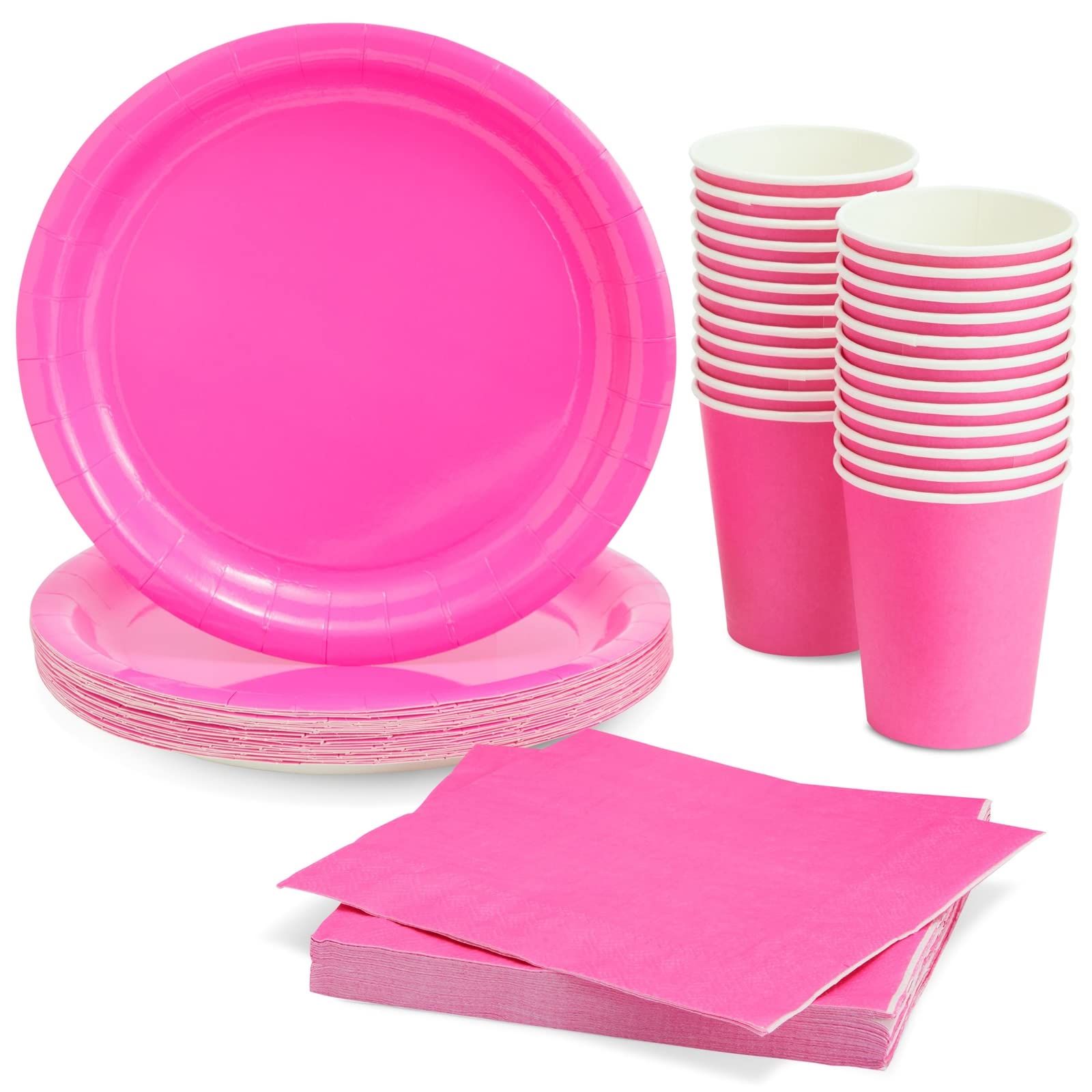
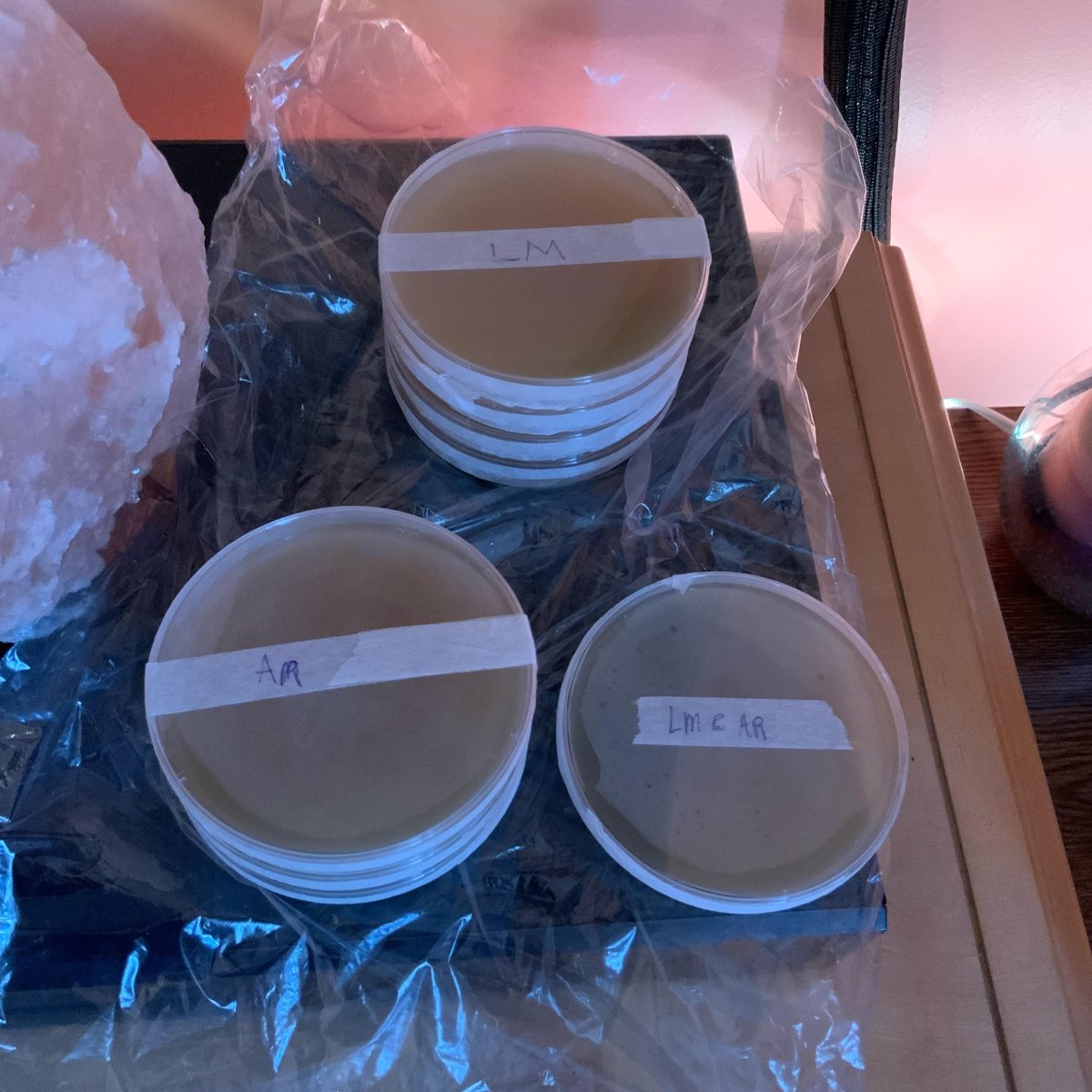
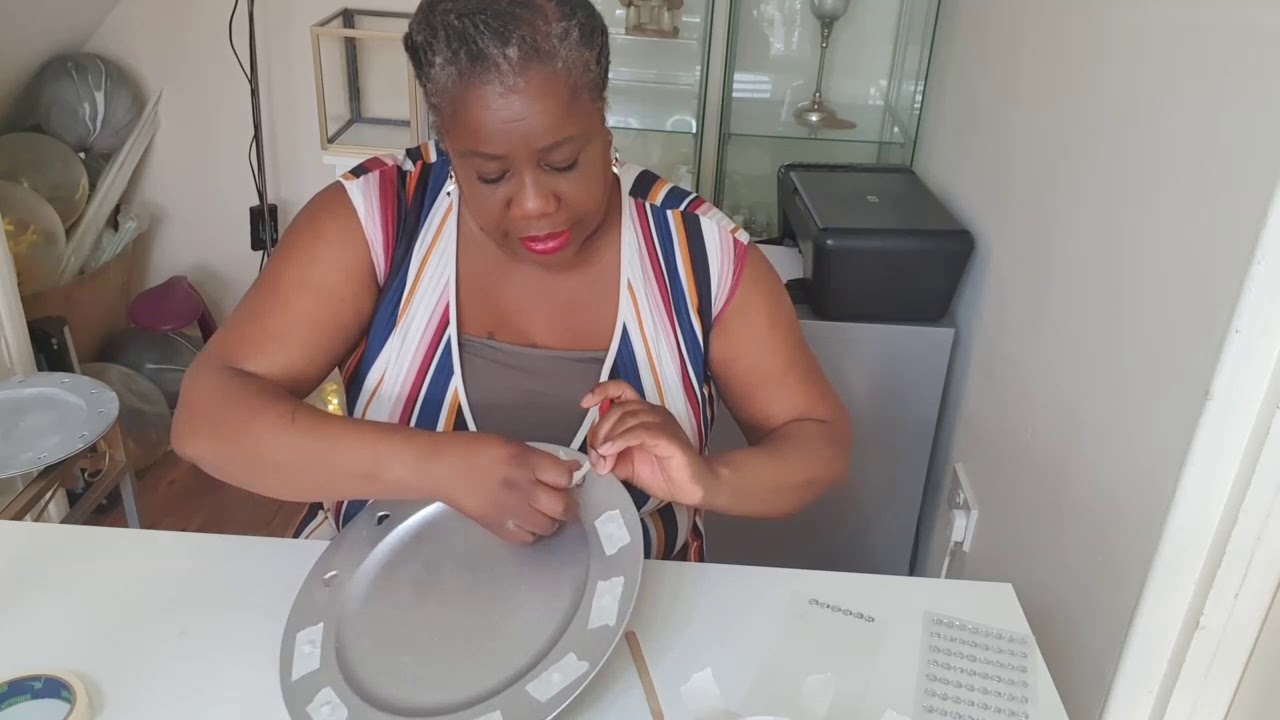
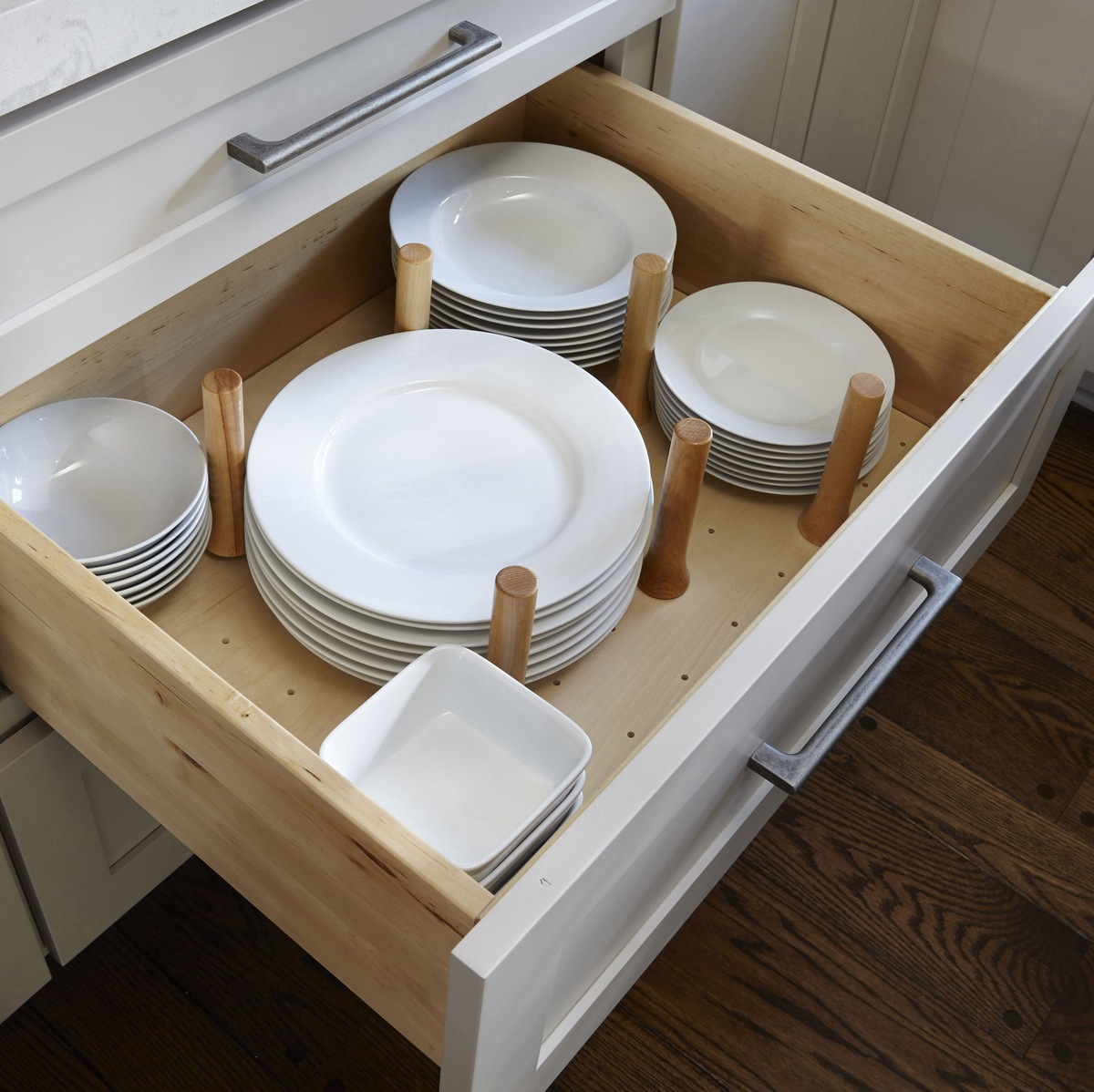
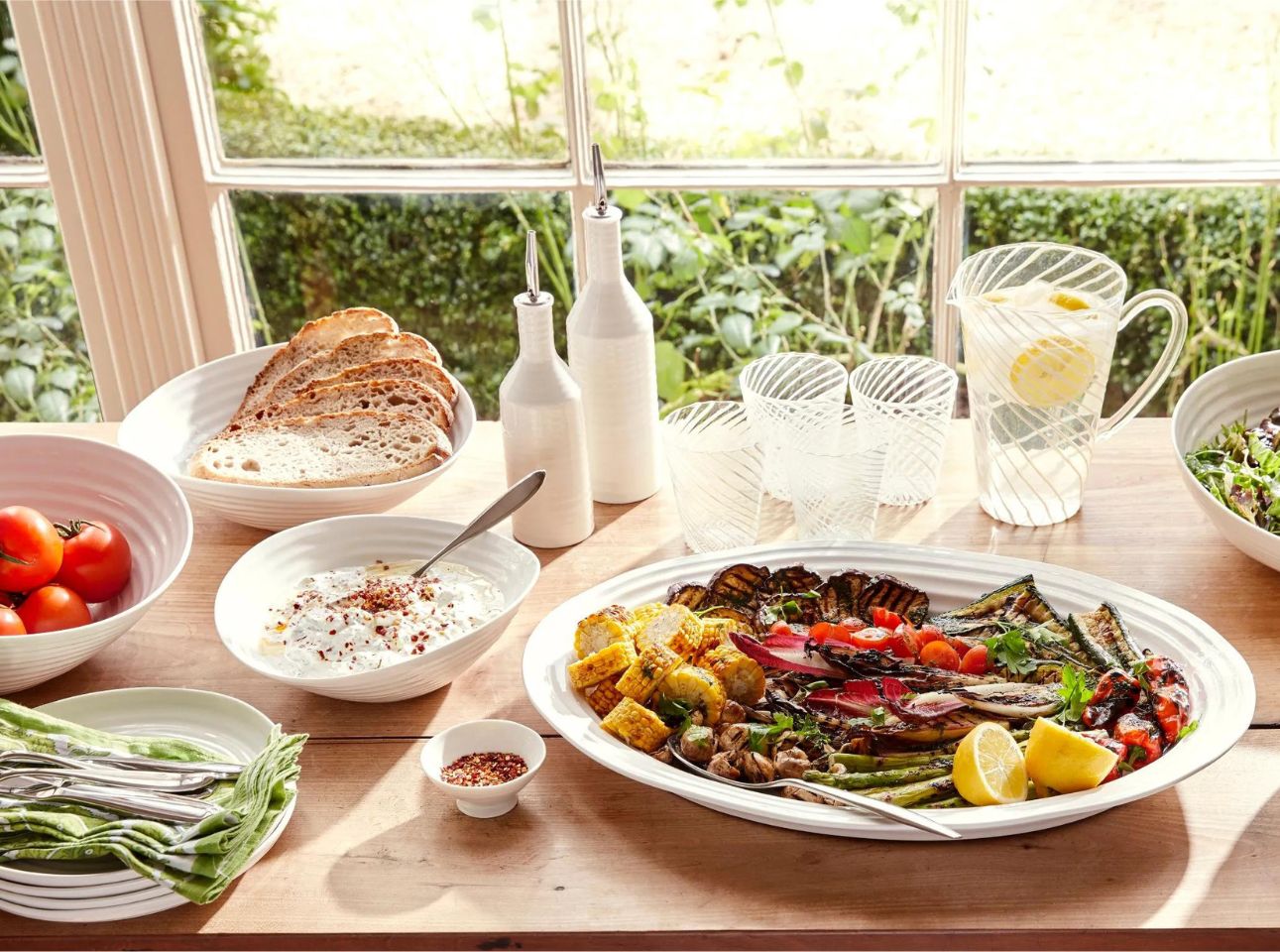
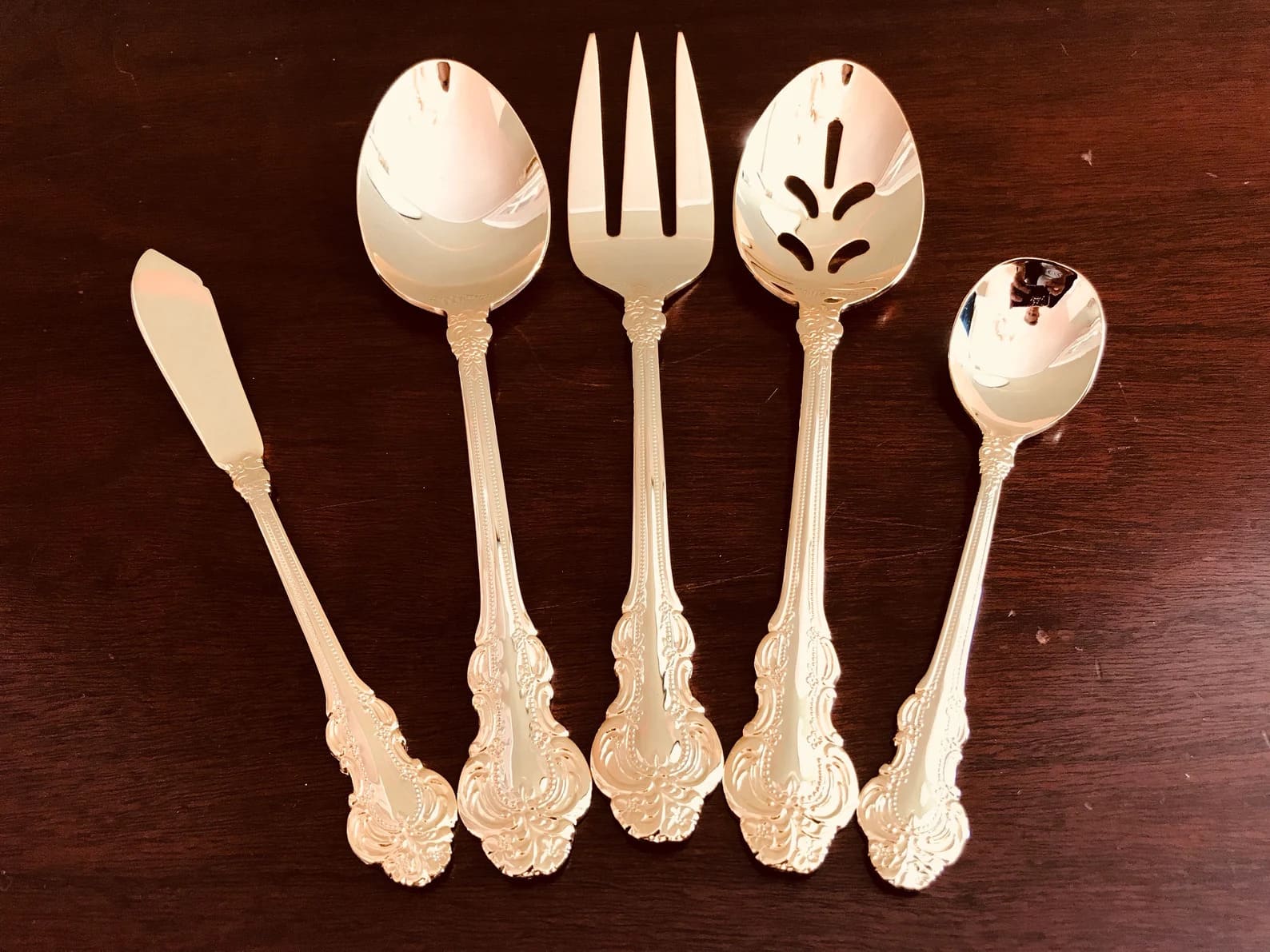
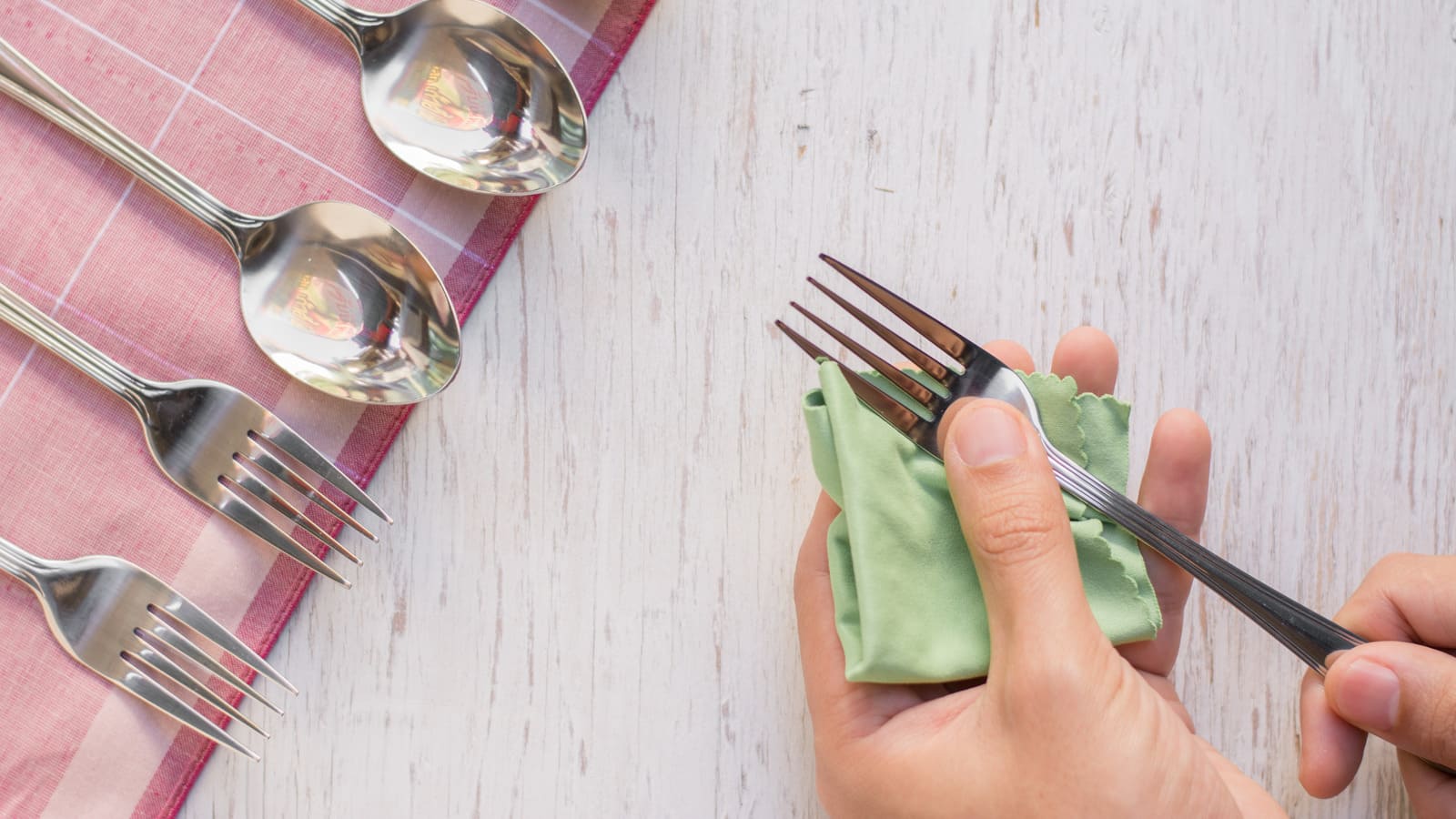
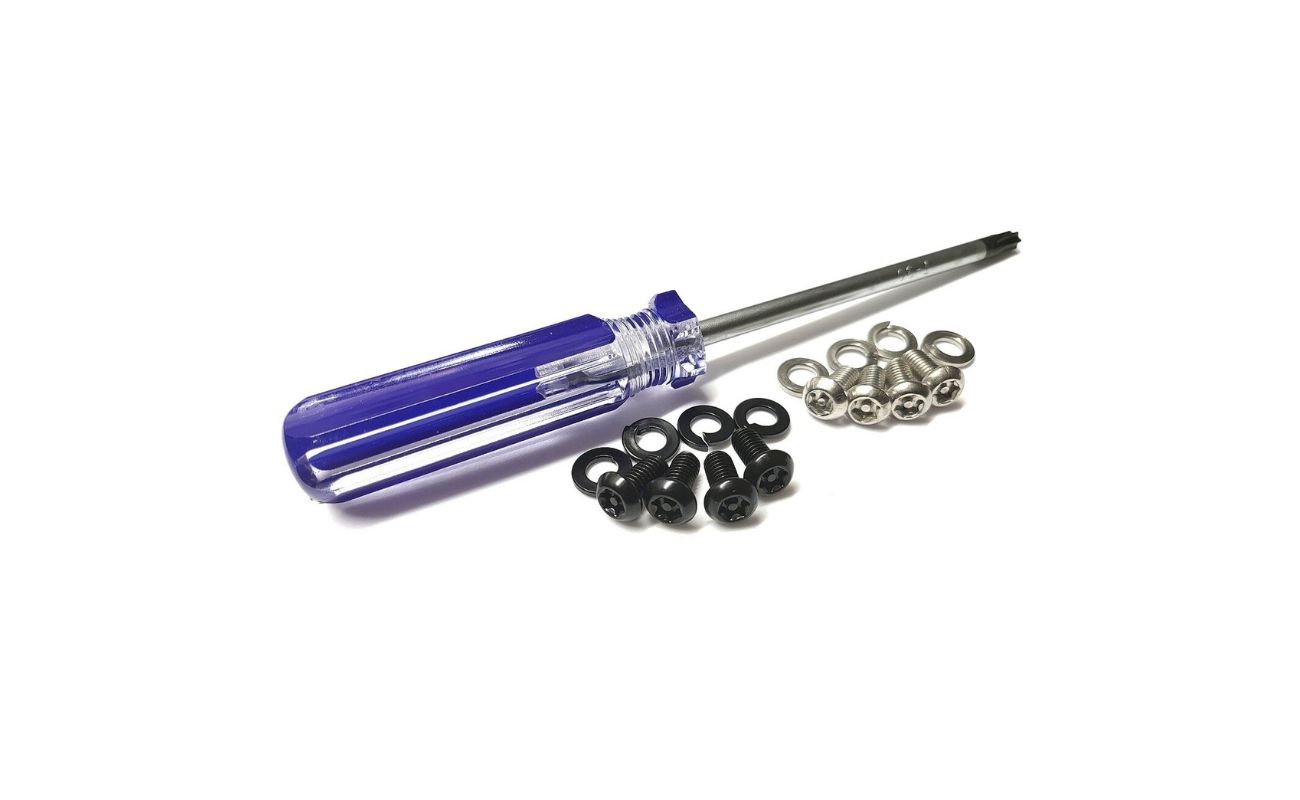
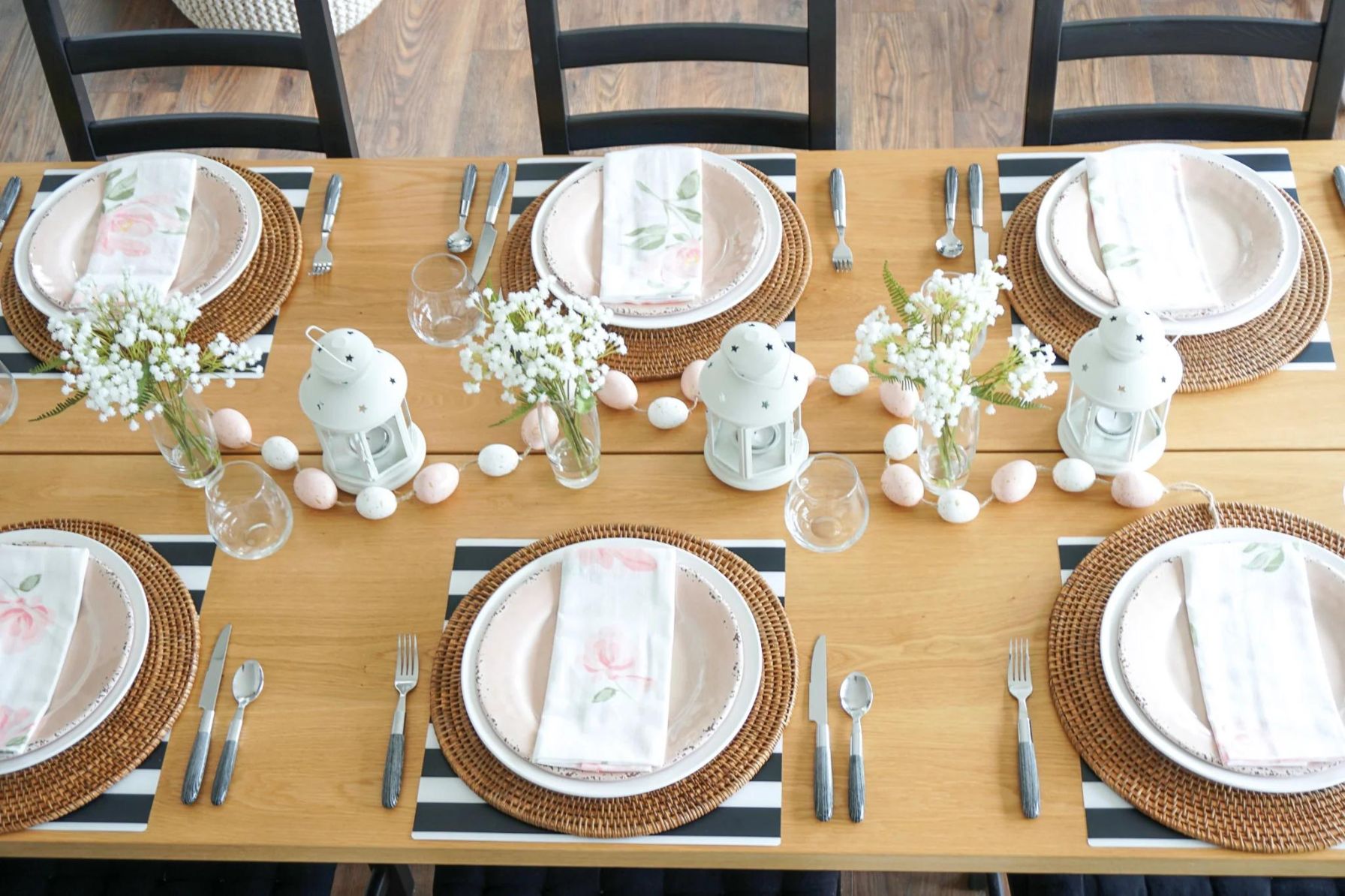
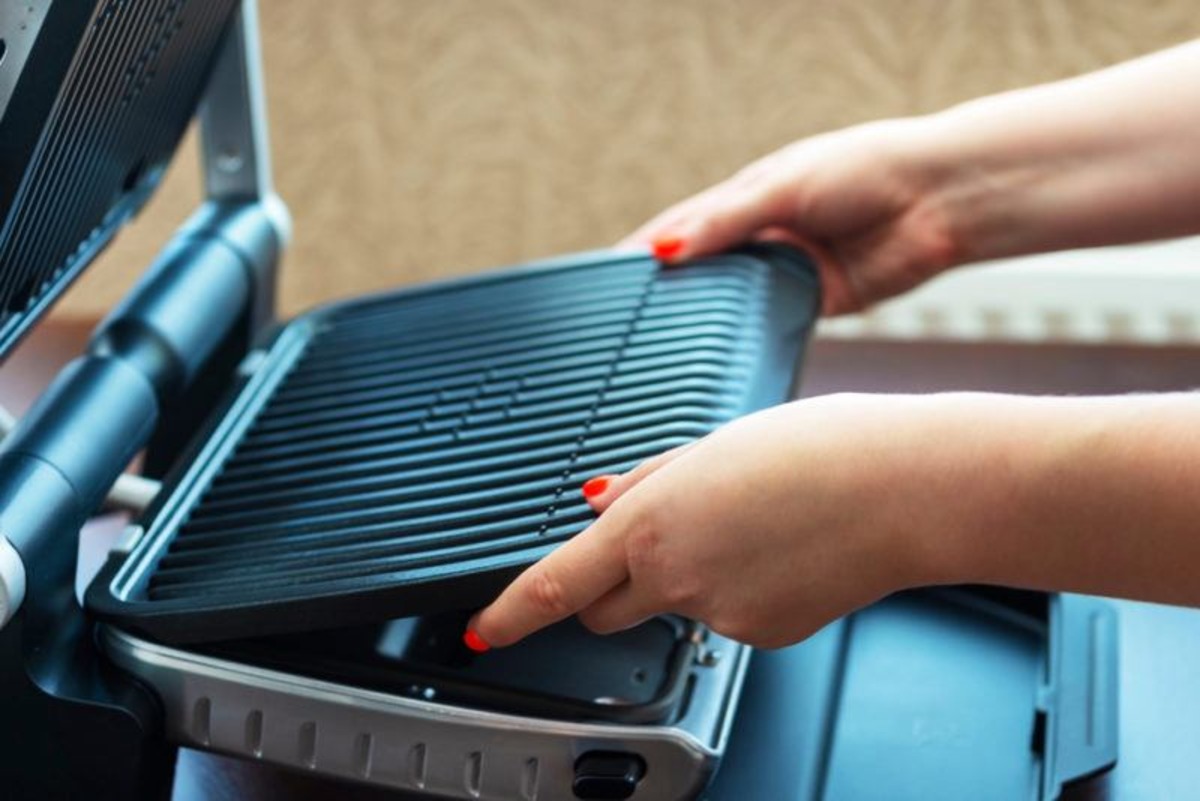
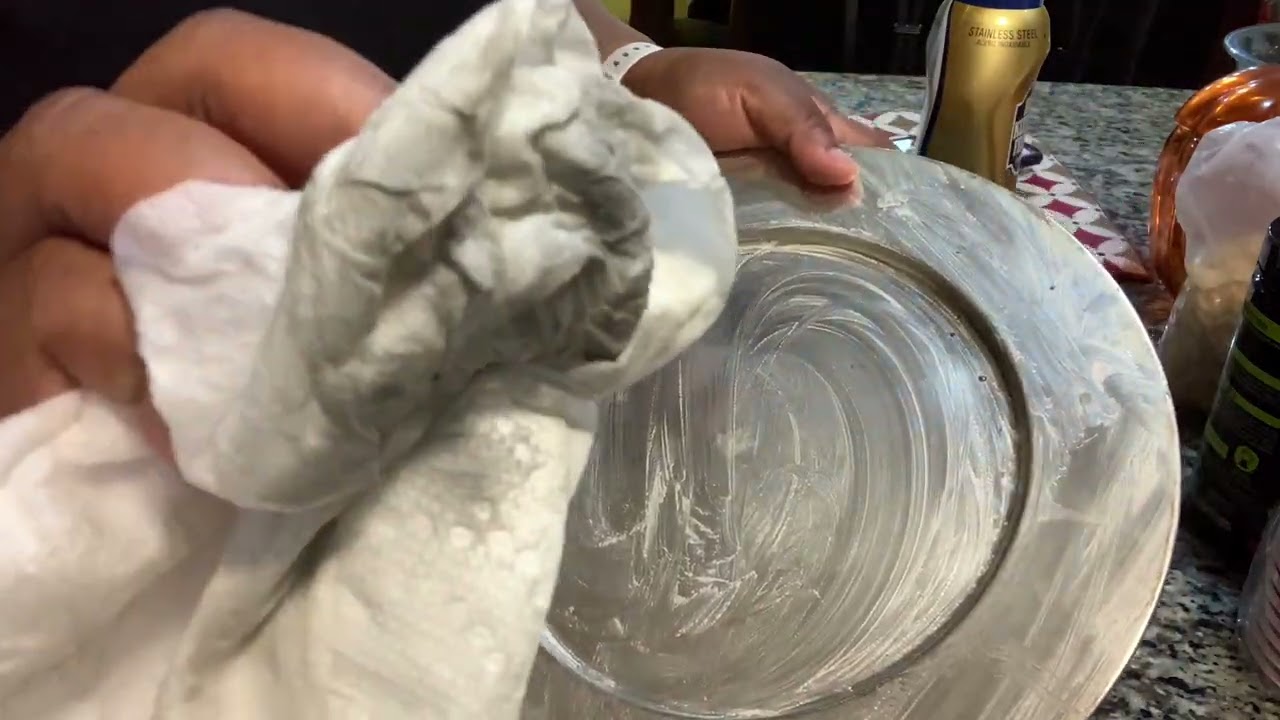
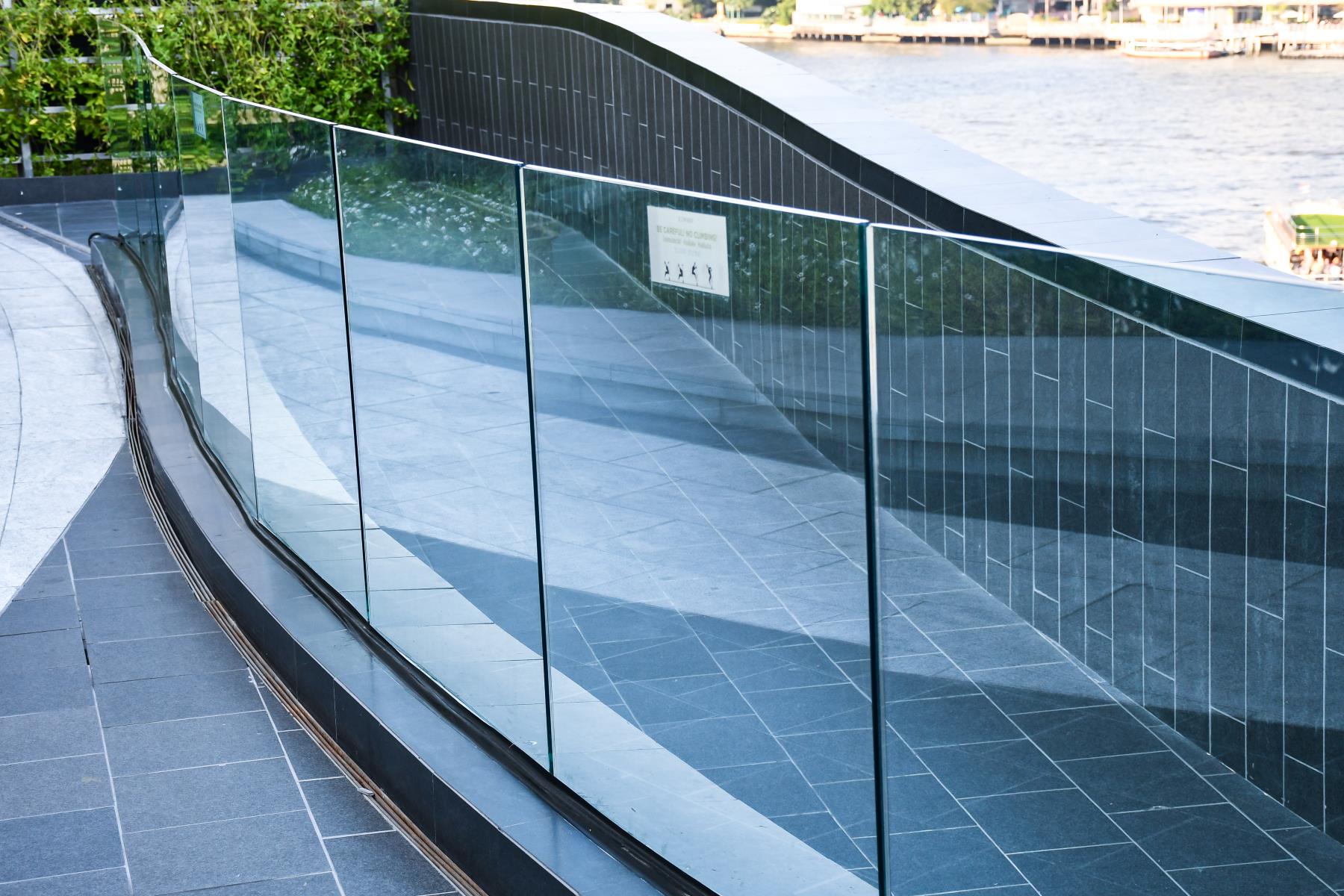
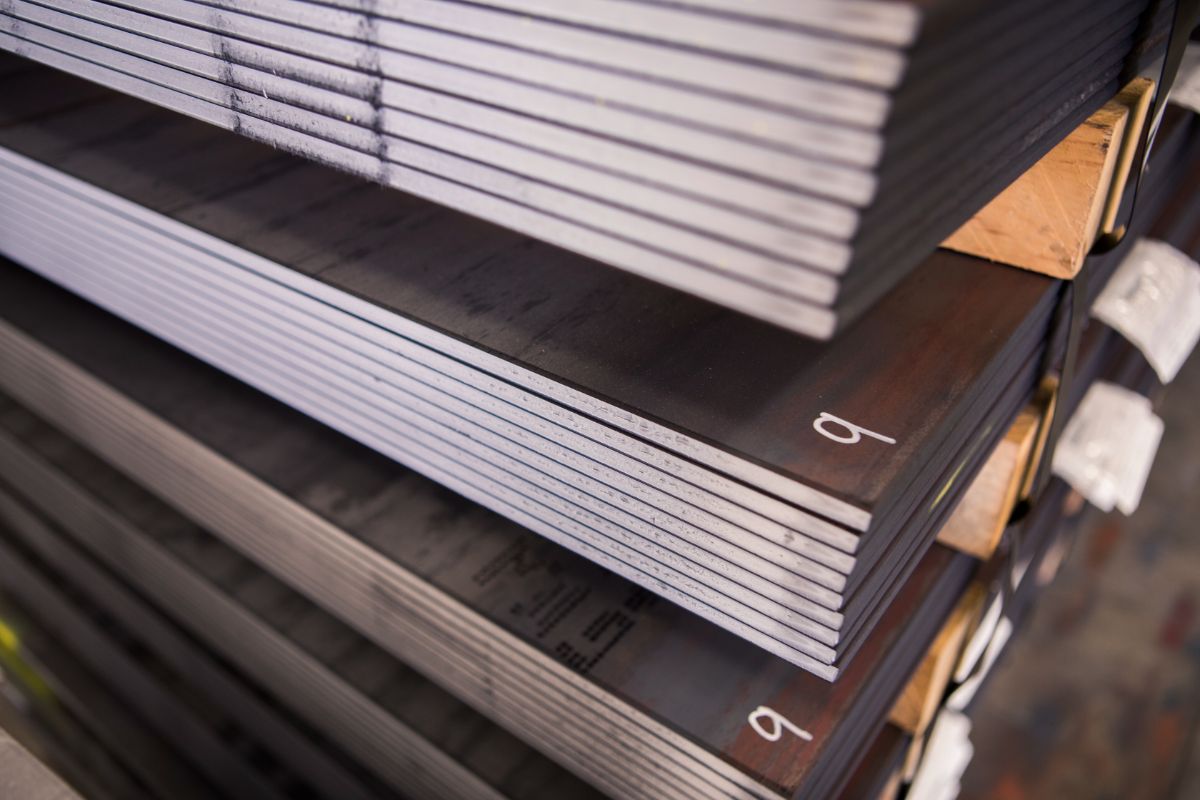
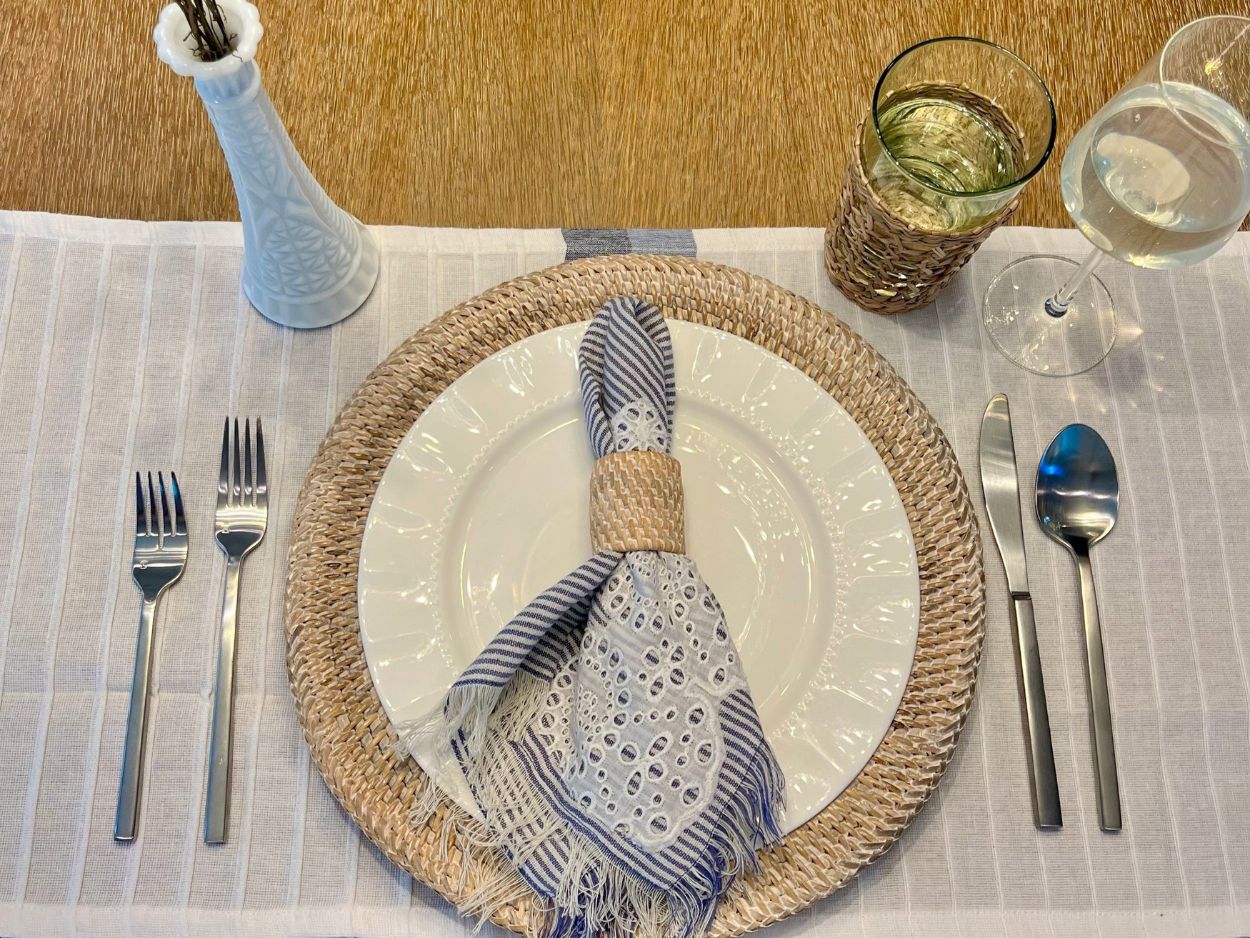

0 thoughts on “How To Store Plates”